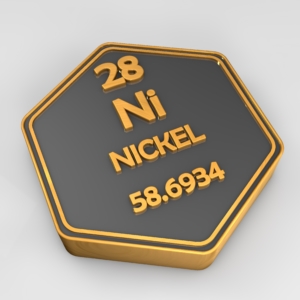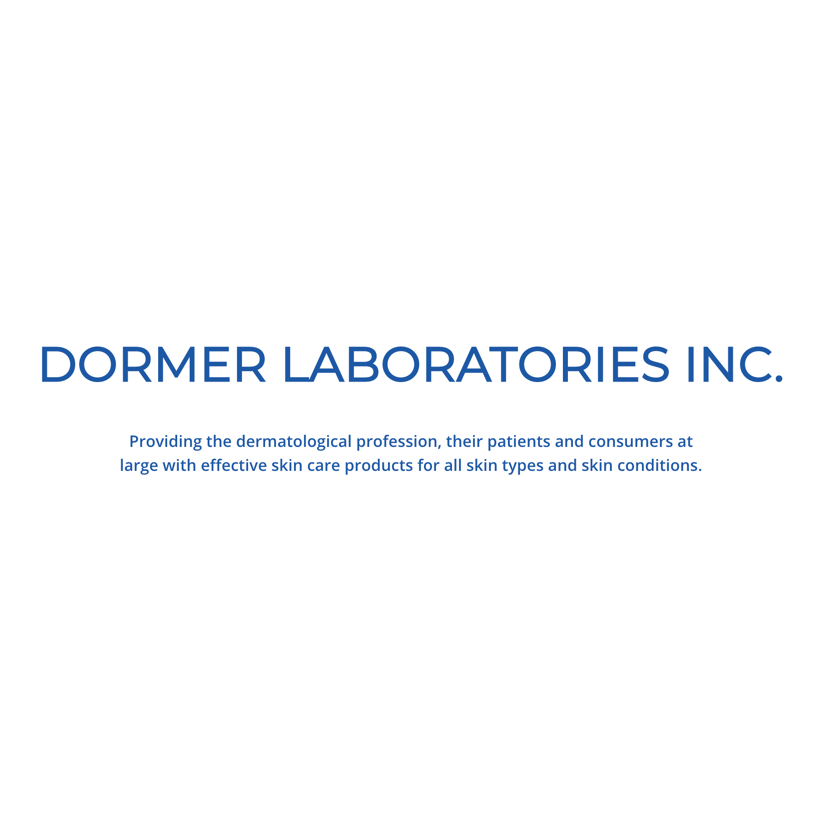Nickel Allergic Contact Dermatitis
(Ni-ACD)
Allergic contact dermatitis is a T-cell dependent, delayed-type (Type IV) hypersensitivity reaction that has a high impact both in terms of patient morbidity and economics. This type of hypersensitivity reaction is primarily instigated by small lipophilic chemicals (haptens) with a molecular weight less than 500 Daltons. These chemical allergens trigger a complex immunologic cascade in the skin, which leads to the clinical picture of nickel allergic contact dermatitis. Skin reactions most often occur at the site of nickel contact, but is recognized to cause systemic reactions, also known as systemic contact dermatitis (SCD). In addition to contact to a nickel-containing item, the object must have a sufficient amount of nickel to be released in order to be absorbed by the skin to induce an allergic reaction.
Nickel allergic contact dermatitis can present as a localized or systemic reaction. One subset of SCD is systemic nickel allergy syndrome (SNAS). While the pathophysiology is highly complex and not fully elucidated, it can present with an array of skin, respiratory, and gastrointestinal manifestations. In addition, one study found 1% of patients that are sensitized to nickel.
Living with Nickel Allergy
Learn about living with this condition and tips for nickel avoidance.
Quiz Time!
Test your knowledge about nickel products.
Survey!
Take our survey to help change current legislation and prevent Ni-ACD.
Call to action
Learn more about nickel and public safety.
Videos
Watch informative original video content regarding Ni-ACD.
Unfortunately, there is no cure for allergic contact dermatitis. Avoidance strategies for nickel-containing items is necessary to prevent eliciting nickel-induced contact dermatitis. Understanding sources of nickel-containing objects is essential to avoiding reactions. Cosmetics, eyeglasses, clothes, kitchen items, electronics, and medical equipment are examples of items that contain nickel. In addition, perspiration is recognized to exacerbate nickel allergy. While avoidance is necessary, other strategies may be implemented to prevent contact with nickel.
First, spot tests should be utilized to identify nickel-containing objects. DMG spot tests are available from Dormer labs and Smartpractice. Purchase nickel free products from reputable companies that certify their wares have been tested and always confirm nickel free by DMG testing products. In addition to identifying, and avoiding, items that contain nickel, such items can be coated with a membrane to prevent skin contact with nickel. Dormer labs and Skintifique each provide barrier creams to prevent nickel release onto the skin.
Dormer
Click for NIK-L-BLOKTM barrier cream.
Skintifique
Click to learn more about allergen product barriers.




![AdobeStock_101087568-[Converted]](https://www.dermatitisacademy.com/wp-content/uploads/2018/11/AdobeStock_101087568-Converted-300x300.jpg)


